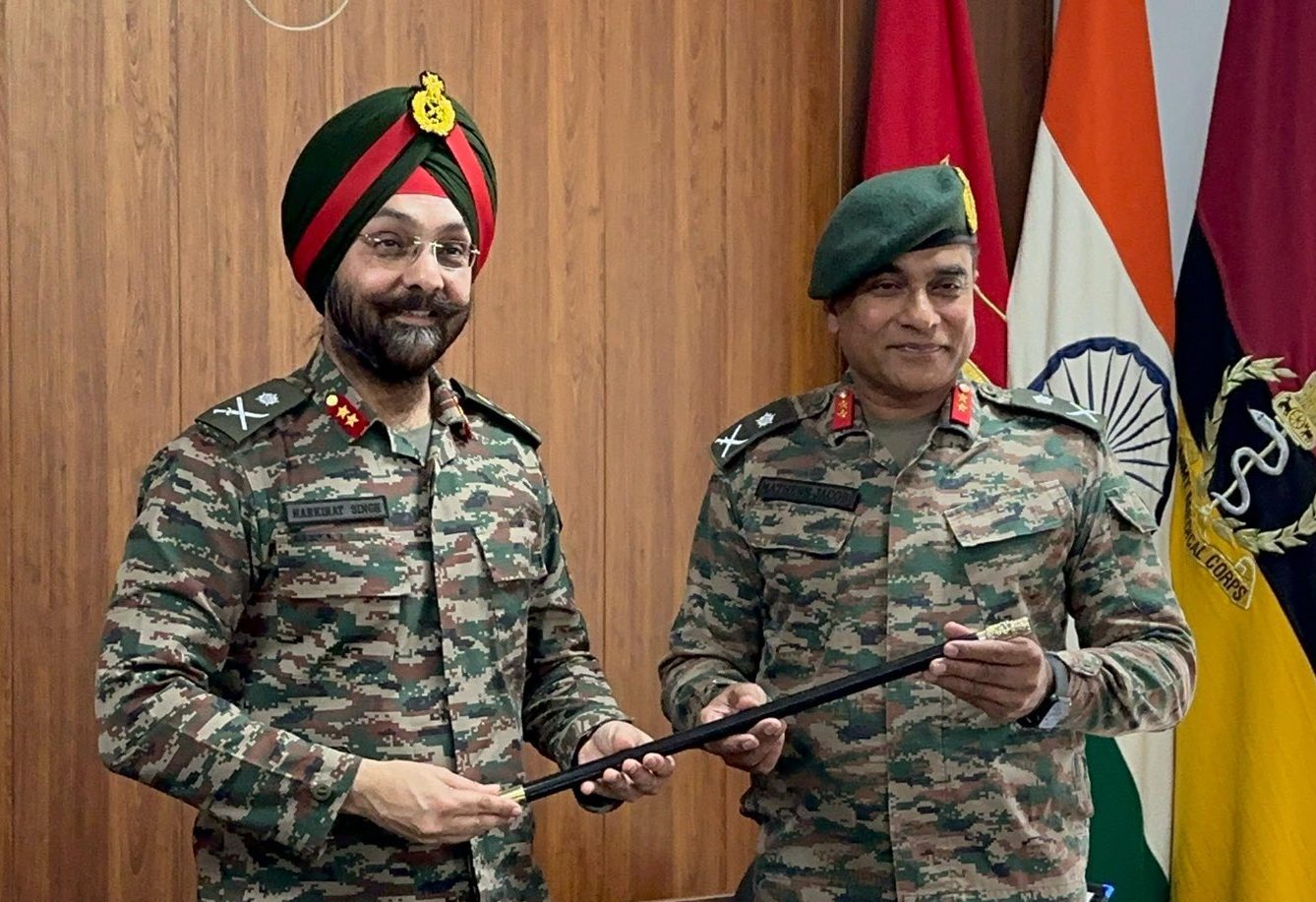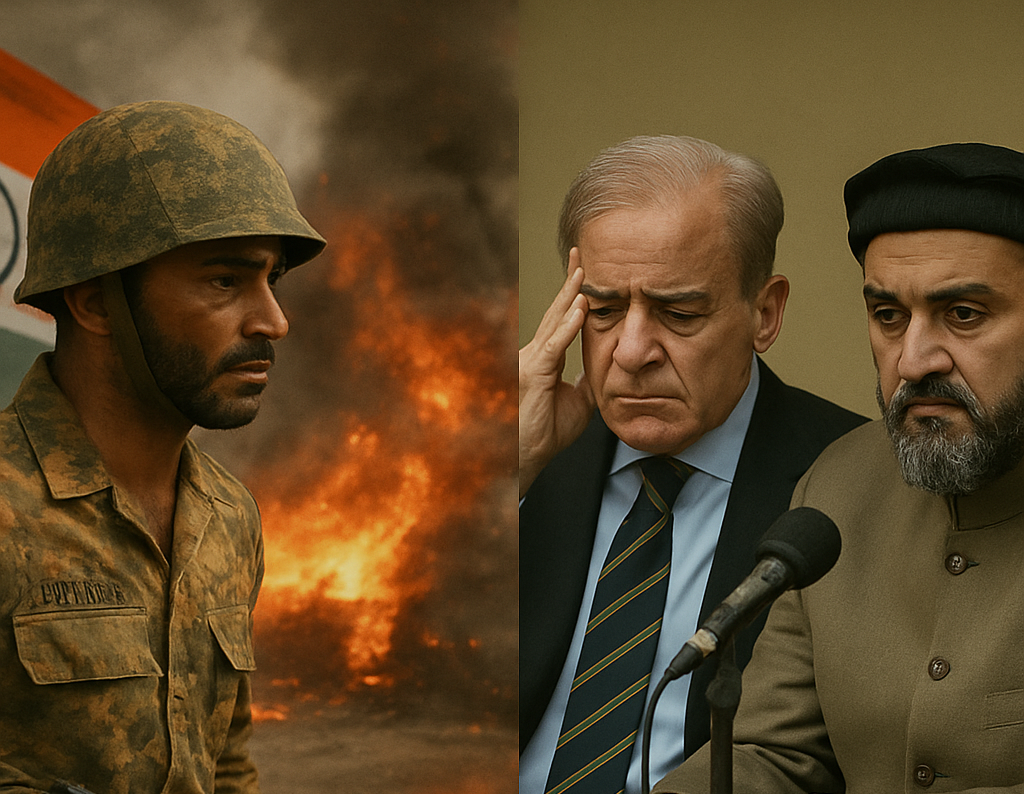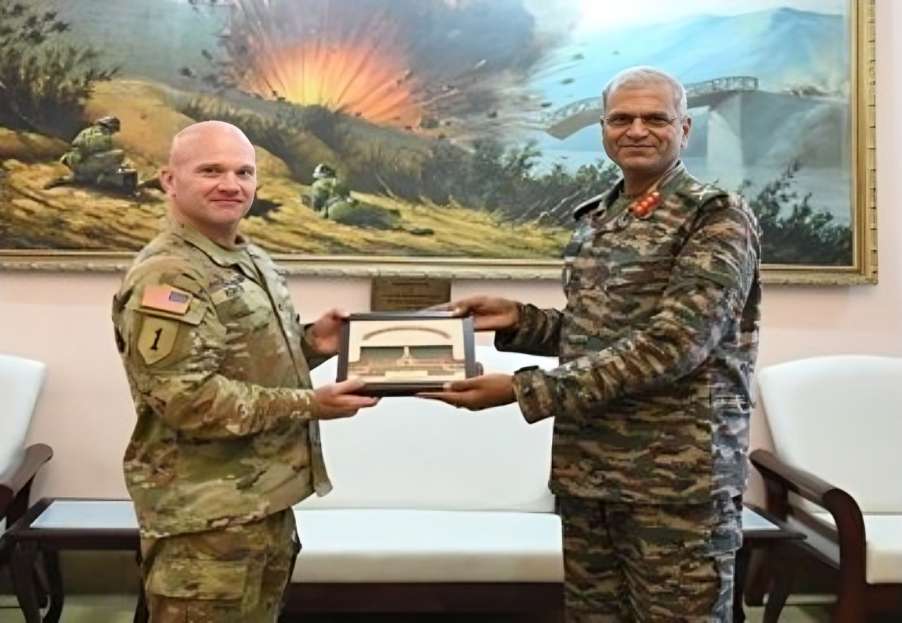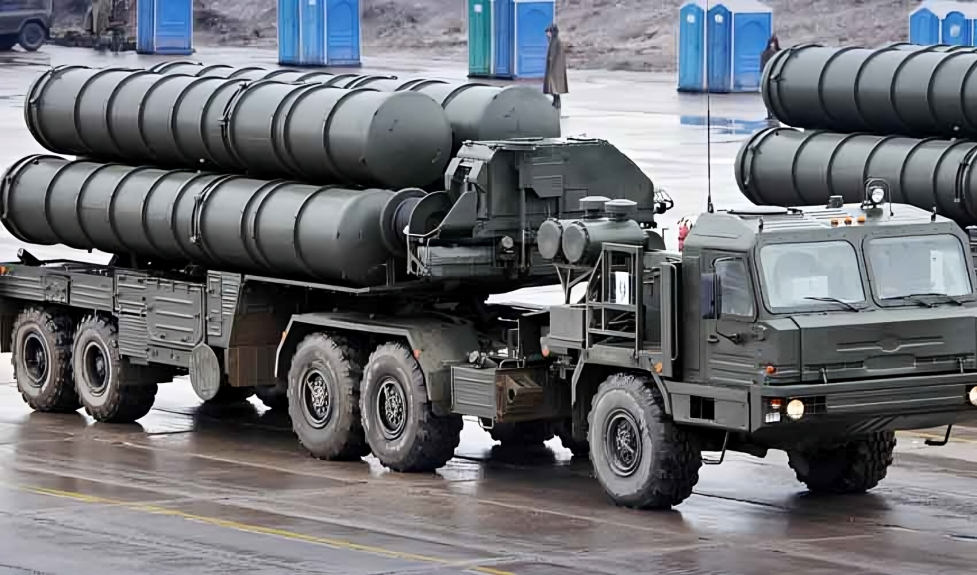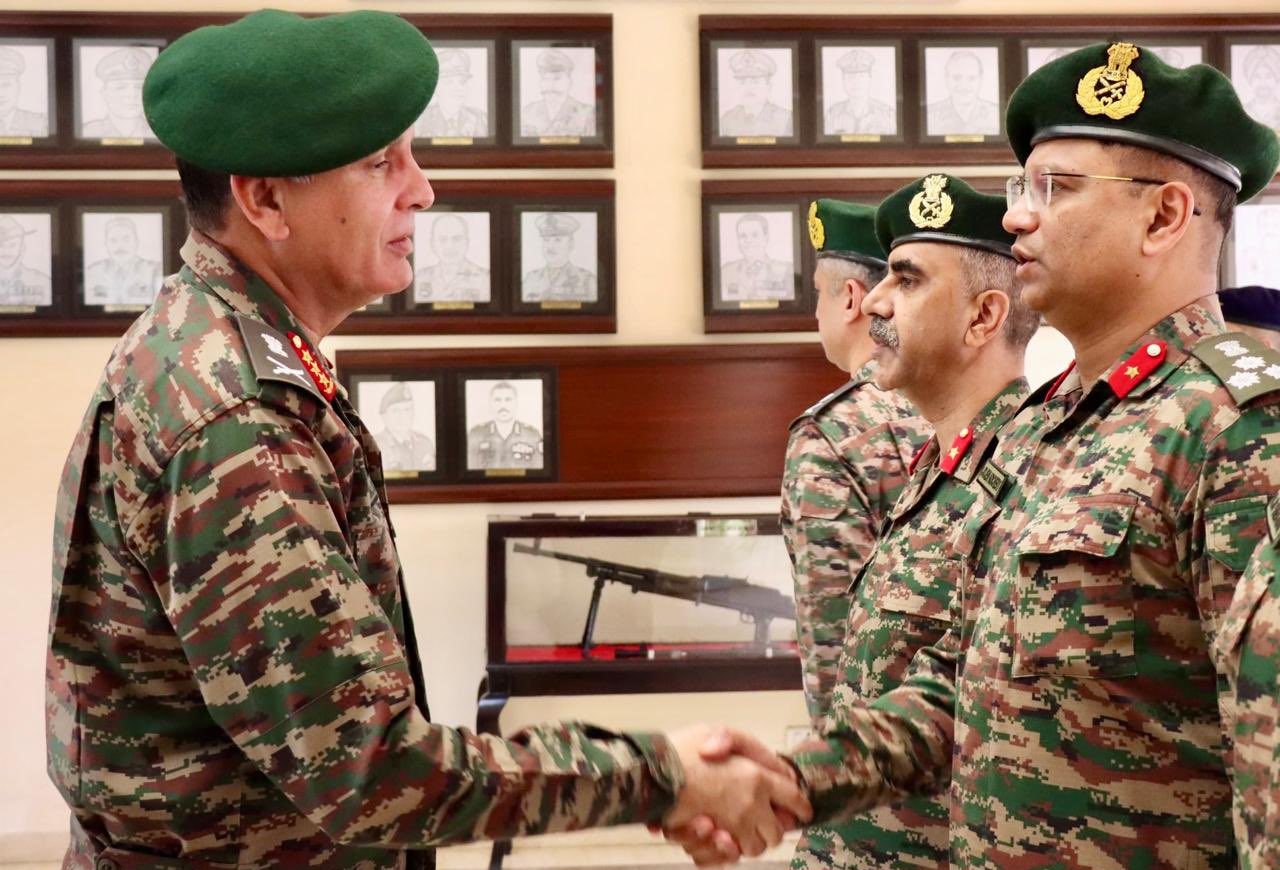Maj Gen Harkirat Singh Assumes Charge of Command Hospital (Western Command)
Major General Harkirat Singh officially assumed command of the Command Hospital (Western Command) on May 17, 2025, taking over the…
What Forced Pakistan to Plead for a Ceasefire in Just 72 Hours?
In May 2025, South Asia was jolted by a sudden and intense military confrontation between India and Pakistan. The spark:…
US Army Delegation Visits College of Military Engineering in Pune Strengthening Defence Ties
A three-member delegation from the United States Army, led by Colonel Matthew Kohler, concluded a three-day visit to the College…
India to Receive Final S-400 Air Defense Regiments by August 2026
India is poised to complete the long-awaited acquisition of the remaining two S-400 Triumf air defense regiments from Russia by…
Chinar Corps Commander Reviews Security in South Kashmir
The General Officer Commanding (GOC) of the Chinar Corps, a prominent formation of the Indian Army headquartered in Srinagar, conducted…
Southern Command’s Chief Reviews Konark Corps’ Operational Readiness
Lieutenant General Dhiraj Seth, General Officer Commanding-in-Chief of the Indian Army’s Southern Command, conducted an in-depth review of the operational…

